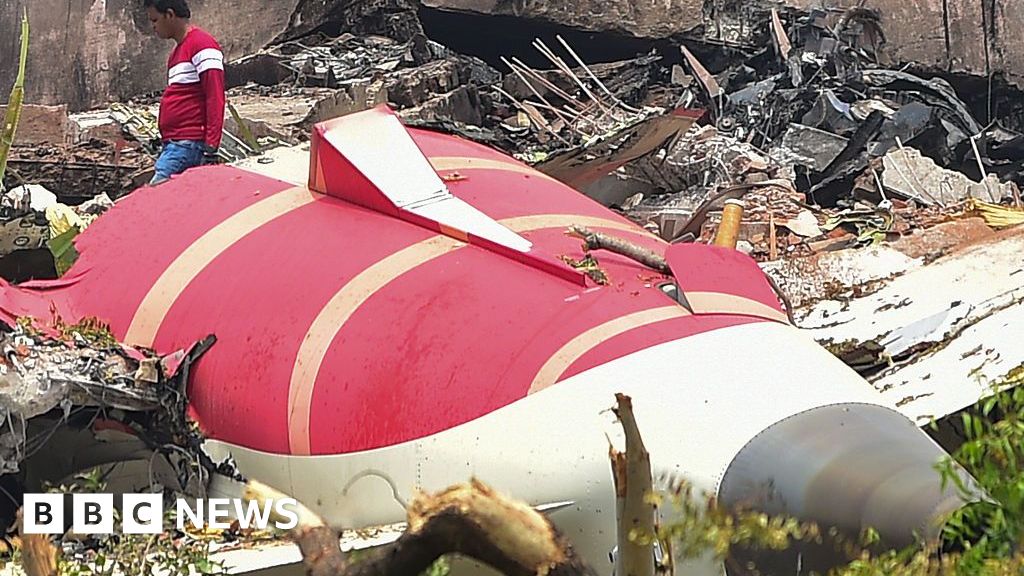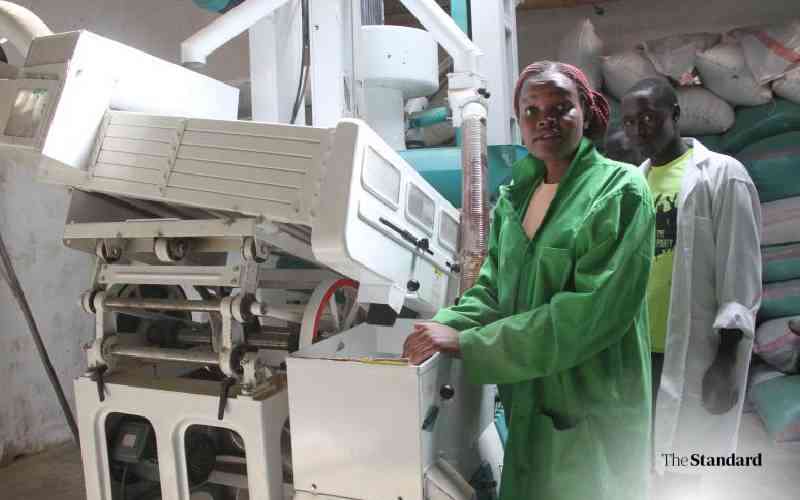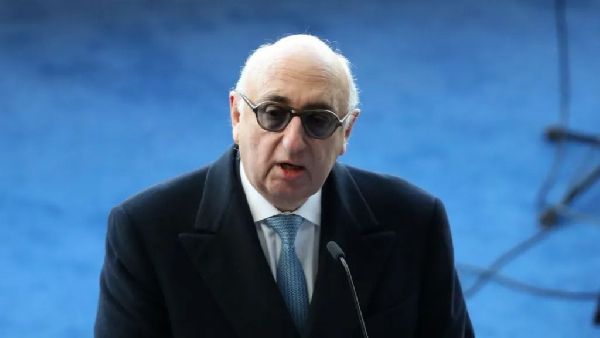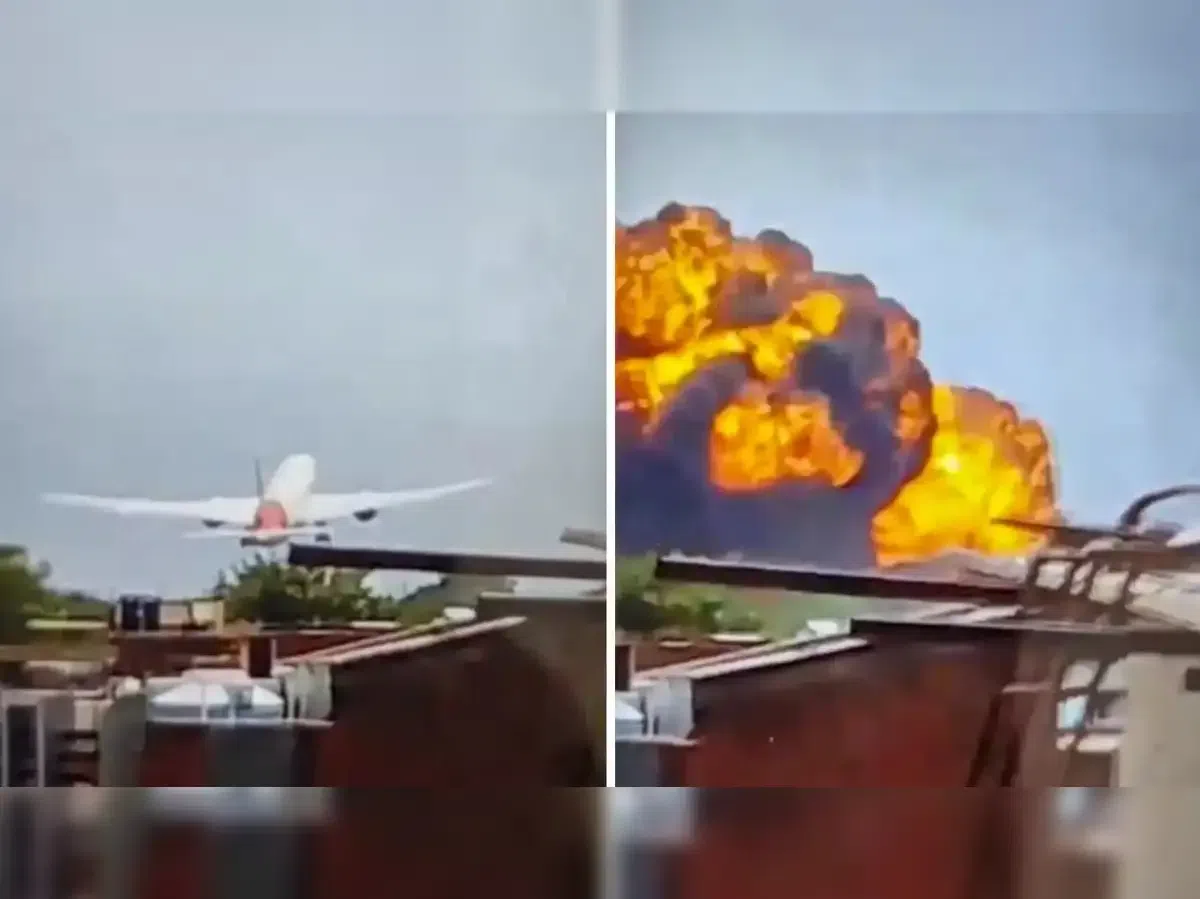Air India AI-171 Crash Aftermath: Flight Recorder Analysis and Service Reductions

India's aviation sector is currently grappling with the aftermath of a tragic Air India flight crash that occurred last Thursday, with investigations ongoing and the airline implementing significant operational changes. The London-bound Boeing 787-8 Dreamliner, identified as flight AI-171 or AI-17, crashed less than a minute after takeoff from Ahmedabad airport in western India on June 12. The incident resulted in catastrophic loss of life, with reports indicating over 240 people onboard and multiple ground casualties, leading to at least 270 total fatalities when the aircraft impacted the BJ Medical College hostel complex in the Meghani Nagar area.
A critical aspect of the investigation revolves around the recovery and analysis of the aircraft's Enhanced Airborne Flight Recorders (EAFRs), commonly known as 'black boxes'. Both sets of these combined units, which record flight data and cockpit audio, were successfully recovered from the crash site on June 13 and June 16. These recorders are vital for reconstructing the flight's final moments and determining the cause of the incident, tracking precise details such as gear and flap lever positions, thrust settings, engine performance, fuel flow, and even fire handle activation. The Aircraft Accident Investigation Bureau (AAIB) of India is yet to make a final decision on whether these recorders will be sent overseas for decoding and analysis, despite some media reports suggesting a transfer to the US. The Ministry of Civil Aviation clarified that the AAIB will determine the analysis location after a thorough assessment of technical, safety, and security factors. Former AAIB investigator Captain Kishore Chinta noted that while a new AAIB lab in Delhi was inaugurated in April, its full operational readiness for EAFR data downloads remains unclear, suggesting one set could be sent to the US for comparative analysis with data downloaded in India.
In response to the tragedy and as a preventive measure, India's aviation regulator ordered additional safety checks on Air India's Boeing 787 fleet. Air India's chairman, N Chandrasekaran, stated that both engines of the crashed aircraft had 'clean' histories, with one being new and the other not due for servicing until December. The airline has since completed inspections on 26 of its 33 Boeing 787-8 and 787-9 aircraft, all of which have been cleared for service.
The crash has also led to significant adjustments in Air India's international flight schedule. The airline announced a temporary reduction and suspension of services on 16 international routes and three overseas destinations, effective from June 21 to July 15, 2025. This decision stems from the airline's commitment to voluntarily undertake enhanced pre-flight safety checks and to accommodate additional flight durations necessitated by ongoing airspace closures in the Middle East. The airline aims to restore schedule stability and minimize last-minute inconvenience for passengers. Three international routes are temporarily suspended: Delhi–Nairobi (until June 30), Amritsar–London Gatwick, and Goa (Mopa)–London Gatwick. Additionally, frequencies will be reduced on key long-haul routes to North America (including Toronto, Vancouver, San Francisco, Chicago, Washington Dulles), Europe (such as London Heathrow, Birmingham, Paris, Milan, Copenhagen, Vienna, Amsterdam), Australia (Melbourne, Sydney), and the Far East (Tokyo Haneda, Seoul Incheon). Air India has expressed regret for the disruption, offering re-accommodation on alternative flights, complimentary rescheduling, or full refunds to affected passengers.








